How to connect a dishwasher with your own hands
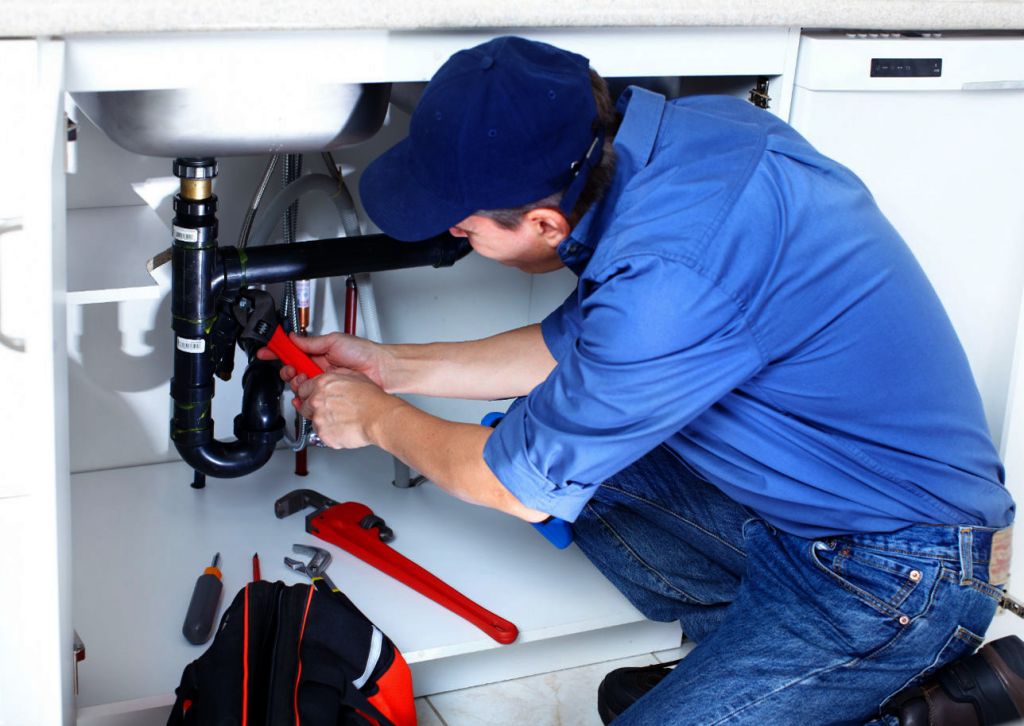
After purchasing a dishwasher, there is only one step left until you are delighted with clean dishes - connecting the dishwasher to the drain, water and electricity. Many people, without hesitation, call a specialist, completely trusting him with this work. Others, on the contrary, having decided to save money, begin to study this issue in order to connect the equipment with their own hands. And that’s right, after studying the nuances, you will be able to understand exactly how complex or simple everything is. If you have the time and desire, then this article is for you; we will tell you in detail how to connect a dishwasher yourself.
Work order
Let's start by deciding where to start connecting the dishwasher; what is better to connect the drain or water first? Why does this question arise, because some instructions first suggest installing built-in equipment, then connecting it to the drain. But imagine how contrived it must be to crawl to the back wall of the dishwasher when it is already installed. Therefore, the only correct sequence can be:
- connecting the machine to the drain;
- water connection;
- connection to the electrical network;
- trial testing;
- installation in a niche or in a designated place.
All these stages are preceded by small preparatory work on unpacking the machine, preparing the necessary tools and components.
Important! After the machine is delivered to the room where it will be installed, you need to wait for it to stand for some time; you do not need to immediately plug it into the network.
Necessary tools and possible difficulties
In order to properly connect the dishwasher, in addition to a screwdriver and pliers, you may need a drill, a level, and also:
- clamps;
- siphon with an additional branch;
- the tee tap is brass or bronze, but not silumin;
- wrench;
- wire cutters;
- grounded socket.
In addition, it is worth warning you that when installing dishwashers of different brands, nuances and some difficulties may arise. For example, a short inlet or drain hose, a short electrical cord. In this case, you will have to purchase additional components separately. Very often, the gaskets included in the kit are also not suitable, so many specialists use a sealant to insulate threaded connections. Here are some more features of connecting dishwashers:
- With Bosch, it is necessary to position the sealing gasket correctly, strictly according to the instructions. If you turn it over on the wrong side, a leak will occur after 2-3 washing cycles. Bosch has a very sensitive valve on the water supply, so during installation you need to immediately take care of connecting the flow filter.
- As for the well-known dishwashers from Siemens, they are among the most unpretentious when connected, but are demanding in terms of niche dimensions and fastenings.
- Electrolux dishwashers are tilt sensitive. The tilt should not be more than 2 degrees, so a level may be required when leveling the machine on the floor.
Drain and water connection
to connect to the sewer, you will have to change the regular siphon to one with a fitting; if you also connect a washing machine with a dishwasher, then there should be two fittings. When installing a compact dishwasher under the sink, you will need a special siphon, we wrote about this in the article Compact under-sink dishwashers.
After the siphon is reinstalled, you can connect the drain hose of the machine. To do this, the end of the dishwasher drain hose is placed on the “spout” of the siphon and tightened with a clamp. Such a connection will be reliable.
When connecting the dishwasher to the drain, you must remember:
- create a v-shaped bend at the junction of the hose and the fitting, which will ensure the most natural drainage of water from the machine, and at the same time the water will not return back;
- There should be a knee at the bottom, this will help prevent odor in the dishwasher. The dishwasher connection diagram clearly shows the location of the drain hose, where there should be a bend and an elbow.
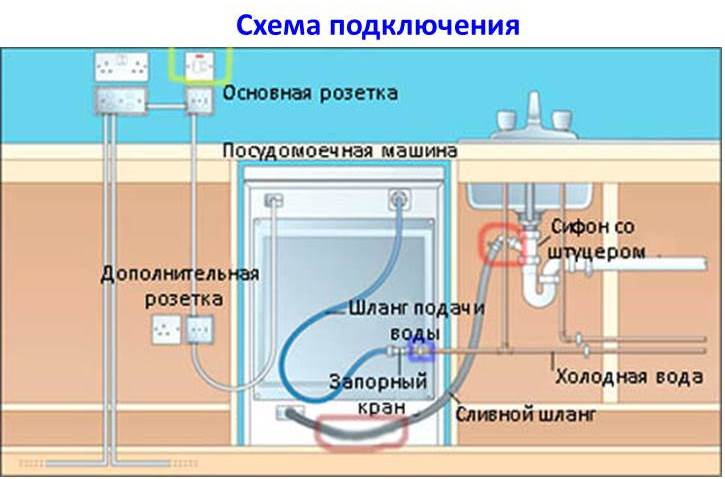
For your information! If possible, do not lengthen the drain hose, this will lead to excessive load on the pump and its rapid failure.
Some people, instead of connecting the drain hose to a siphon, throw the hose over the sink. It's one thing if you have a compact dishwasher sitting on the table. Even so, we would not recommend this method. But if the dishwasher is floor-mounted, then the water will have to be pumped high, and the pump will quickly fail. In addition, this method is not safe; the hose may fall off the sink and a flood in the kitchen cannot be avoided.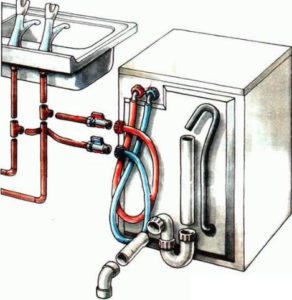
The best option is to connect the water to the dishwasher through a mixer. To do this you need:
- turn off the water flowing to the mixer;
- disconnect the cold water hose from the mixer, removing the old insulation;
- connect the tee with the tap to the cold water pipe;
- connect the mixer hose to one outlet of the tee, and a coarse filter to the other, connect the dishwasher inlet hose directly to the filter, and all connections are isolated with a fume.
You need to tighten the inlet hose manually quite firmly; in this case, keys are not required.
Important! It is recommended to connect to cold water, it is cleaner than hot water, but there are dishwashers with connections to both hot and cold water.
Electrical connection
The dishwasher must be connected to the network only through a separate grounded outlet. Tees and extension cords are not allowed, and you cannot connect a refrigerator and stove to the same outlet at the same time as the dishwasher. Therefore, you need to take care of the washing machine socket at the stage of installing electrical communications. Otherwise, it is better to call a specialist who will remove the wires from the electrical panel and make a grounded outlet.
Trial testing
The final step in connecting a dishwasher should be testing it. To do this, you can run a test wash without dishes using salt and powder. This makes it possible to check how correctly the installation of communications was carried out. Particular attention should be paid to how water is collected and whether there are any water leaks at the joints. If everything went well, install the dishwasher in the designated place or push it into a niche.
The process of connecting the machine can be considered complete. We hope that you understand how to connect a dishwasher with your own hands. In addition to the article, we suggest watching a video about connecting a dishwasher.
Interesting:
2 reader comments



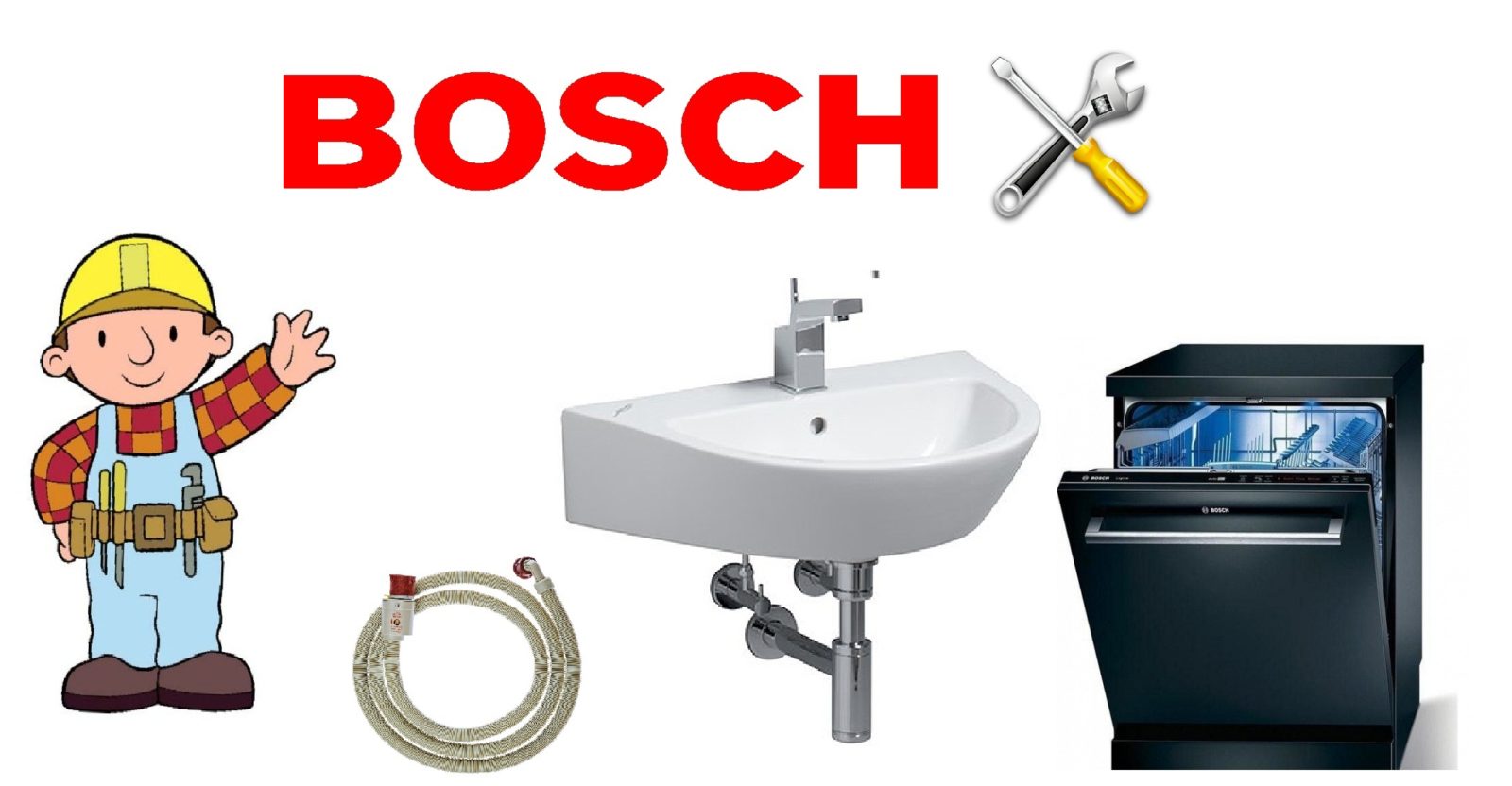

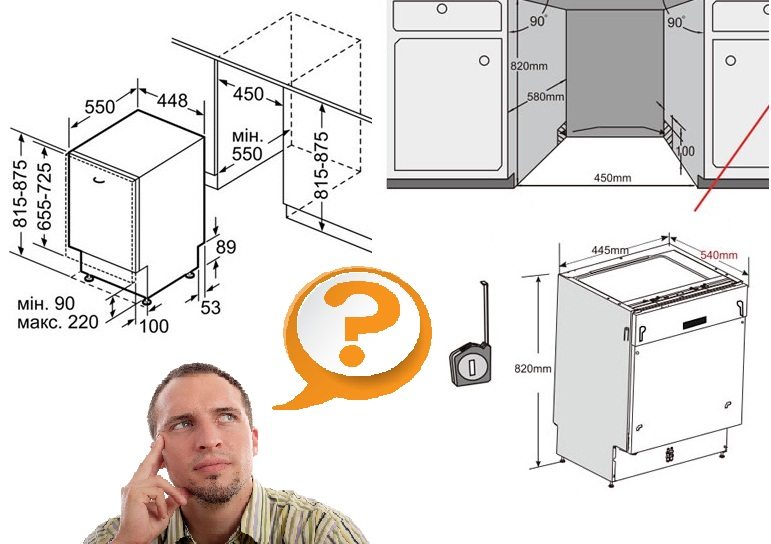















If the overflow valve is not included?
The author is clearly not literate, “connection via a mixer”!? And it is described before the mixer.
The lifting height of the nice hose is not indicated - only “badly in the sink”.
It is nonsense to draw a special socket from the panel; in modern apartments, all sockets can be connected. The power of a dishwasher is less than that of a kettle or iron.
But the requirement for a grounding contact in the socket is not specified, and this is important - both for electrical safety and for the protection of the control unit - if your control unit fails, it is 90% due to the lack of ground or poor grounding contact.